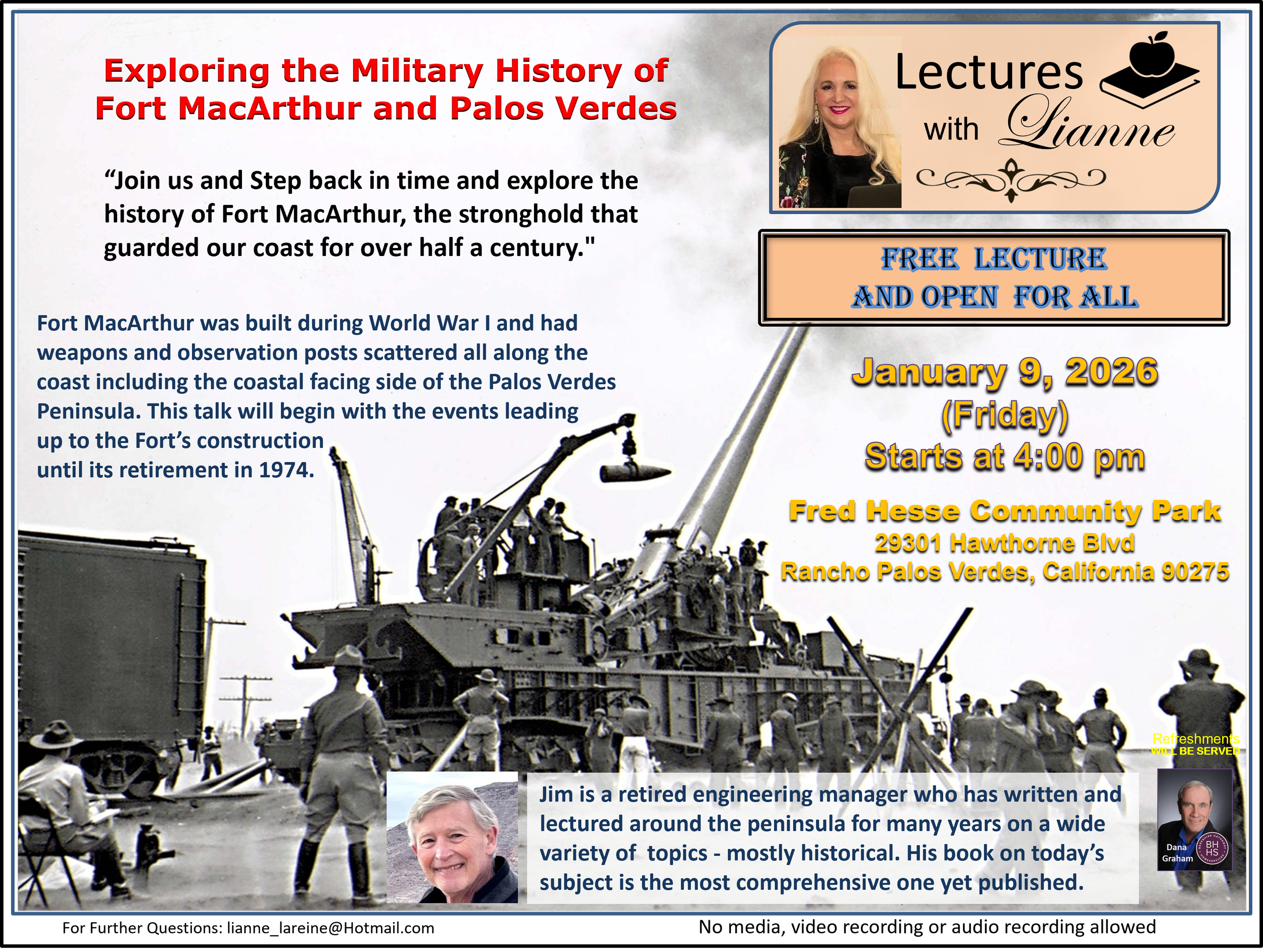A Local Unsung Hero, Now Sung! By Beth K. Whittenbury
Ron and his 1960 Porsche 356B
Although originally from Iowa, Ron has spent most his adult life in California due to a visit to grandparents who retired to Anaheim when tract houses were first erected there. Although he started his college degree at USC, he finished it at Iowa State because, as the first generation in his family to go to college and financing it himself, he couldn’t afford the USC private school tuition. For one summer break Ron worked at Disneyland in the first year it opened. He bussed tables in the band area of Tomorrowland. One day, a record 38,000 people visited the park, and they left all the band venues a mess. Ron, ever organized, cleared up the Tomorrowland venue during a break the band took from playing. A gentleman came up to him and said that the whole park was a mess and not fit for families except this one spot. He asked if Ron was the reason. That gentleman was Walt Disney. Upon finding out Ron was responsible for the clean-up, he promptly raised Ron’s salary 25%, from $1/hour to $1.25/hour!
When Ron graduated from college, he returned to California and worked as an engineer at Convair in San Diego. It was there that Ron worked on all the Mercury-Atlas space missions. When the Mercury-Atlas program hit a snag with its oxygen vent valve, Ron designed the wind tunnel test to analyze the oxygen flow through the crucial part. However, to run the test, they needed the actual valve. So, Ron drove his Porsche from San Diego to LAX to pick up the valve flown in for the test from Cape Canaveral. They ran the test, redesigned the part accordingly, and did a full quality test all in six weeks to make the launch window. Then, Ron drove the re-engineered valve back to LAX again to return it to Cape Canaveral. John Glenn and Scott Carpenter owe their fame to Ron and the engineers who worked tirelessly to make those flights possible.
If you recall, to get the Apollo 13 astronauts home safely, they all had to pile into the LEM and occupy it for more time than anticipated to make the reentry window back to earth. NASA feared that the astronauts would run out of oxygen in a vehicle designed to allow air for two, not three, astronauts and for far less time. However, Ron did the production design of the oxygen regulator – the part that allowed such precise settings for the airflow that they could stretch the supply to get the astronauts home safely. That Ron humbly gives the credit for the precision allowed by the regulator to the conceptual designer, shows why Ron has remained an unsung hero for so long. Ron remains impressed that his one-pound part on a 33,000 lbs. vehicle is what got the astronauts home safely.
Ron with patches and pins from Mercury and Apollo as well as other programs on which he worked.
Ron’s fellow engineers know him as an expert on the F-5 airplane series which includes the T-38, and RF-5A-E. “R” stands for reconnaissance, so the RF -5 is the reconnaissance version of the F-5 fighter jet, you may best remember as the stand in for the MIG in the original Top Gun movie. As a reconnaissance aircraft, the RF-5 takes pictures such as this one taken of the Peninsula in 1969
Ron started work on the RF-5 series at Northrop’s Hawthorne facility in 1966. He’s proud to point out that the series served 13 different countries and produced over 120 planes. Ron worked on the design of the RF-5 planes and supported the flight test programs.
Ron holding a T-38A in his right hand and an RF-5E in his left hand.
During his time with Northrop, Ron spent about six months at the Rancho Palos Verdes facility. He remembers it as a beautiful site with 4 or 5 buildings on several acres in a campus like configuration with rolling hills and one or more duck ponds. He said the duck pond bottoms were painted light blue, so they always looked beautiful. There was an entrance on Crenshaw and another on Crest Road near Hawthorne Boulevard. Unfortunately, since classified work was done at the site, Northrop did not allow pictures taken of the facility.
Ron worked for Northop for 45 years and remains a consultant with the company to this day. When he retired, they asked him what he would like as a gift and Ron chose a model of the RF-5E he designed for Saudi Arabia. Ron’s been a member of AIAA for 68 years and is an Associate Fellow of that association. The Huntington Library interviewed him to capture his knowledge of aircraft and space vehicle design. They know he is a living legend. Now you do too!
Ron with his retirement present from Northrop, the Saudi version of the RF-5E which he designed.
Beth K. Whittenbury is an attorney who specializes in implementing DEI principles for organizations to provide more harmonious and productive workplaces. She enjoys writing as a hobby and loves our peninsula.











